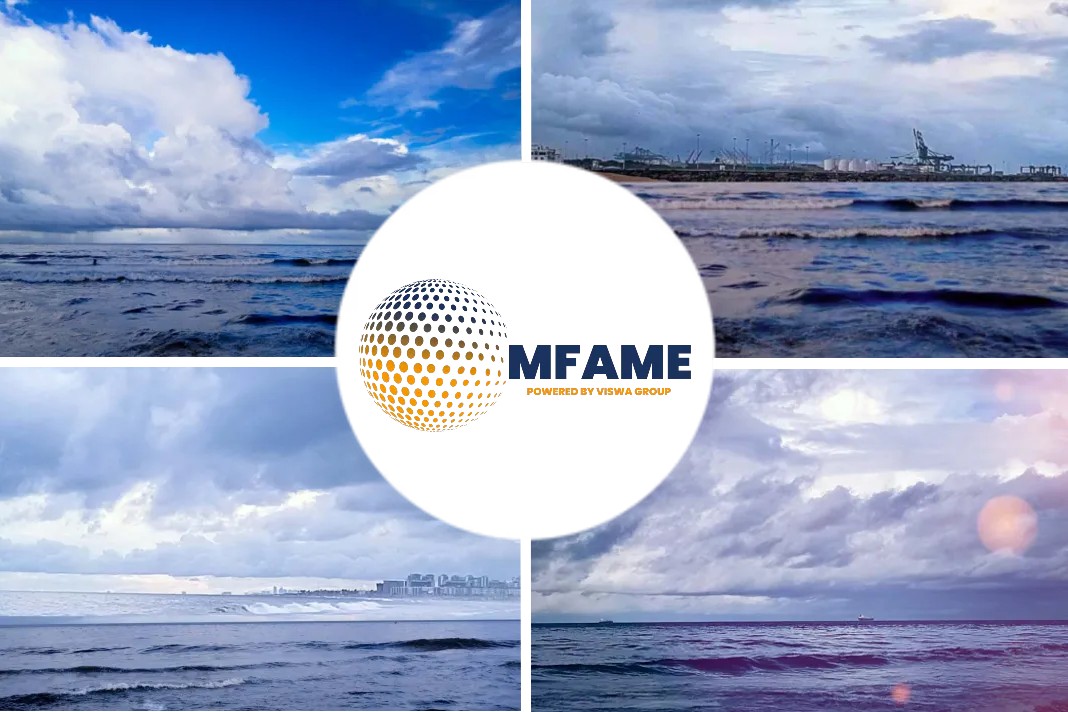As world leaders talk climate change solutions at COP23 in Bonn, the maritime industry edges closer to determining shipping’s fair share of reducing carbon emissions. Raising the ambition for global regulation remains crucial to ensure shipping’s contribution to reach the Paris Agreement’s goal of staying below 2°C temperature rise.
90% of global trade travels by sea. Without international shipping, the modern world wouldn’t be able to exchange goods at a level that creates economic opportunities for a growing population.
However, it remains a global challenge to boost growth and trade while reducing the impacts of climate change. While shipping is often the most efficient way of moving goods over long distances, the industry must step up its efforts to pollute less.
The maritime industry emitted close to 1000 million tonnes of CO2 in 2012, representing about 2.2% of global CO2 emissions. Depending on future development, this could rise to 15% by 2050, according to a 2016 study by the Danish Shipowner’s Association (DSA) and UCL Energy Institute. This makes the sector pivotal in bringing down global emissions.
COP23 represents another clear-cut opportunity to take negotiations further and raise the bar for the commitment of shipping in 2018 and beyond. The industry can improve efficiency by up to 75% through operational measures and current technology, according to the International Maritime Organisation (IMO).
But achieving it demands a higher level of ambition than outlined in the current roadmap for 2017–2023, based on both technical, operational and economic measures – without punishing early movers and with clear incentives to develop new solutions.
As a company, we are reaching a point where it will be more and more challenging to drive significant reductions on our own. Efficiency measures are drying out and it’s an industry challenge to drive the needed innovation in new propulsion technologies. More than ever, we need global regulation to ensure a level playing field and a transition with the biggest possible environmental impact.
Accelerate progress
The global agreement from COP21 in Paris entered into force in 2016 and to our disappointment, shipping was not part of it. Shipping must decarbonise at the same pace as the rest of the economy and contribute with its ‘fair share’ of CO2 reductions to achieve the global goal of staying below 2°C temperature rise. Global regulation remains a key driver in realising this ambition.
There is progress. Since COP21, the pressure has been on the IMO to determine the long-term commitment of the shipping industry. In the buildup to COP22 in Marrakech, the members of IMO’s committee for environmental protection, MEPC, agreed on a data collection system to map emissions and a roadmap for a strategy on how to reduce them and when. This marked an important milestone in the regulation process.
Lately, the pressure on IMO has only been reinforced by the European Union’s decision to leave the regulation of shipping emissions to the IMO until 2023. However, we would have preferred to see more progress during an intense week of negotiations at the latest IMO GHG intersessional meeting in October this year, particularly on the level of ambition.
Nevertheless, we remain encouraged by the ambitious statements made by many member states and industry organisations. This gives us confidence that IMO will reach an agreement at its next meeting in 2018, including concrete measures.
COP23 provides a solid platform to take discussions further. The initial strategy is coming up in 2018, and it must include a clear specification of a long-term ambition level for greenhouse gas reductions. UNFCCC should sustain the IMO mandate to regulate CO2 emissions from shipping, urge early progress and include market-based mechanisms.
The DSA study shows that emissions may have to peak no later than 2025 and reach as low as 400 megatonnes by 2050. It is therefore crucial that IMO moves beyond data collection and establishes an ambitious and accelerated process to determine shipping’s ‘fair share’ of emissions which will allow for subsequent definitions of long-term targets and market-based mechanisms.
Streamlining energy consumption and supply chains
As the world’s largest container shipping company and with port and logistics operations across the globe, A.P. Moller – Maersk plays a major role in improving efficiency in energy consumption and supply chains. Since 2007, Maersk Line has reduced CO2 emissions per container moved by 42%. For several years, we have made improvements from network design and speed optimisation to technical upgrades and new and more efficient ships, like the first and second generation Triple-E.
As a market leader, we’re constantly striving to raise the bar for energy efficiency. By doing this, we are playing our part in tackling the challenge of decoupling business growth from resource consumption.
Did you subscribe for our daily newsletter?
It’s Free! Click here to Subscribe!
Source: Maersk By John Kornerup Bang






















